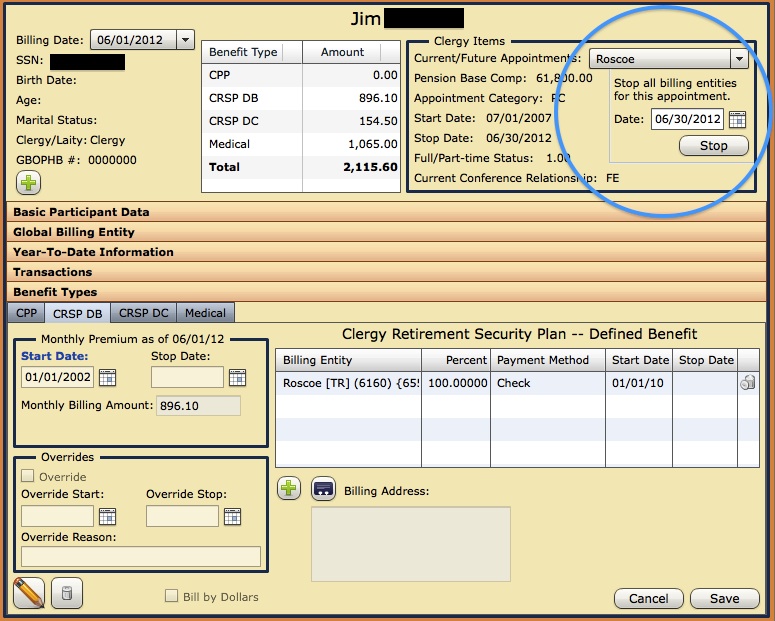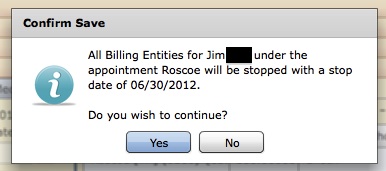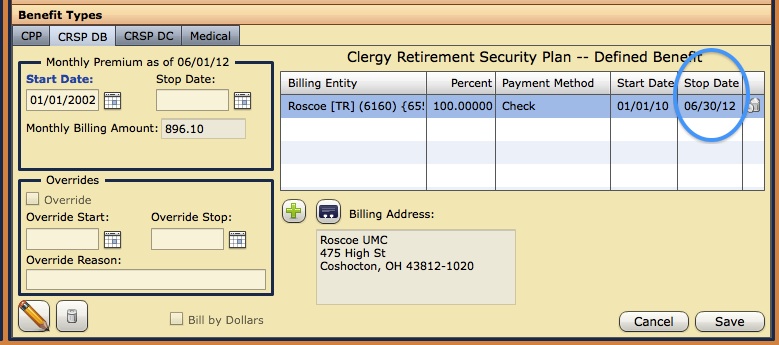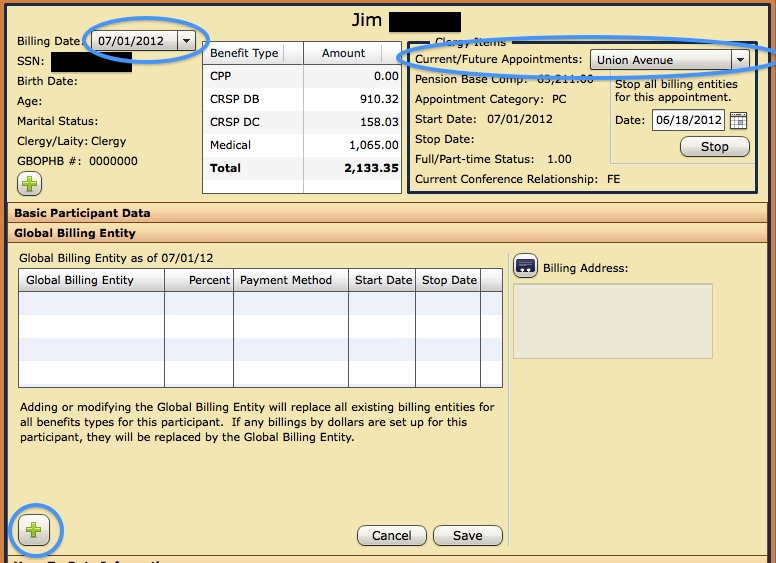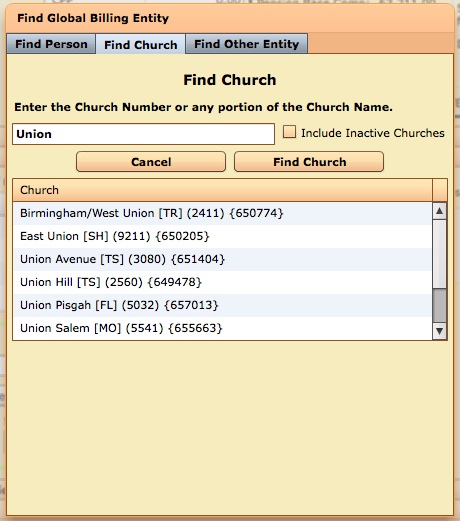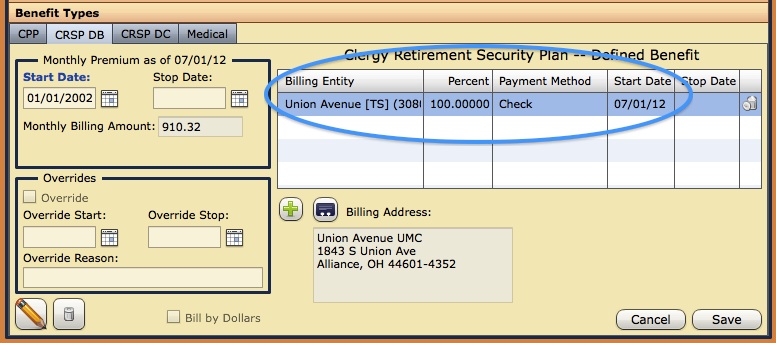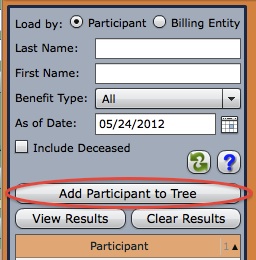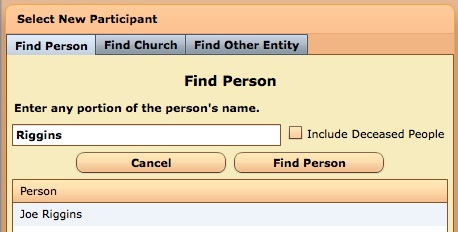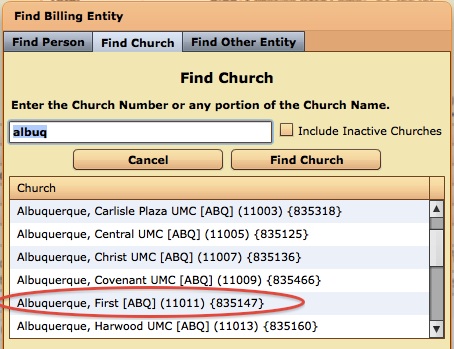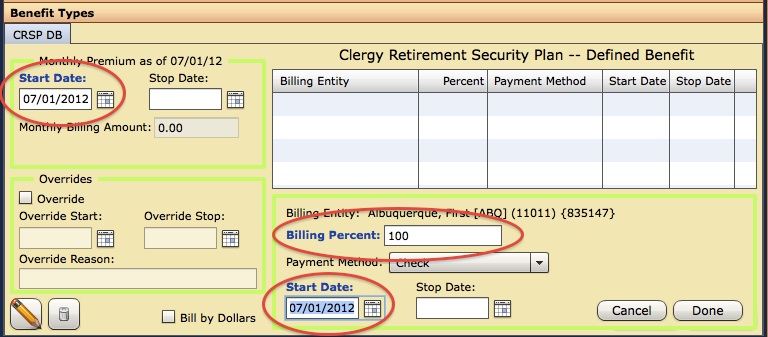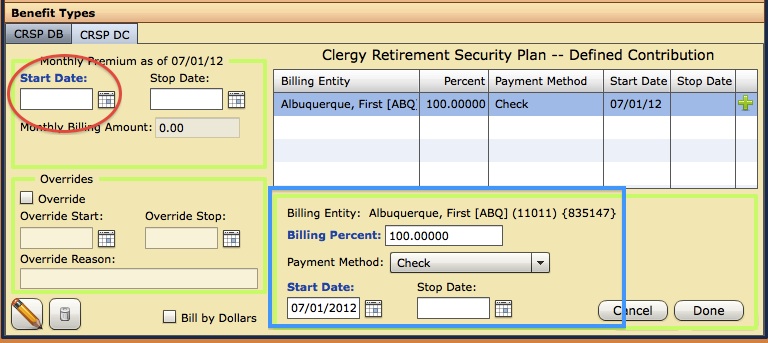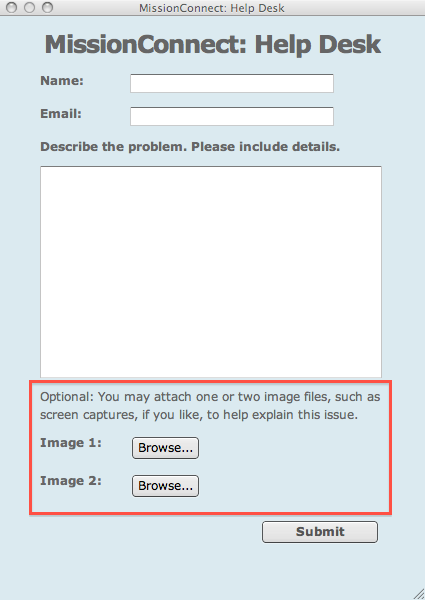The Great Spirit Systems team will be in Denver on September 20, 21 and 22nd, following the annual meeting of UMITA*. This is the same time that the Brick River group will be hosting a customer conference. Paul and I both thought this would be helpful as we have several customers in common. We will both be set up at the Renaissance Denver Stapleton hotel.
We are not planning an extensive agenda of sessions for this meeting. Rather, on Wednesday evening and all day Thursday we want to be available to talk with current and prospective customers about whatever you want to talk about. We will also offer couple of short “showcase” presentations about our products during that time, at a couple of different time slots each.
On Friday, Lori, Jacob and I will be having a planning session of our own, setting the direction for our software for the next year and more.
If you or anyone on your staff is planning to attend the UMITA meeting in Denver, or the Brick River conference, I hope you will stop by to visit with us at Great Spirit Systems and share any needs, thoughts, and ideas you have for the future of our software. Let me know ahead of time and I will make sure to let you know where to find us.
And if you won’t be coming to Denver but would like to chat about our software for a few minutes, let me know and we’ll pick a time to talk by phone.
In Partnership,
Al Fifhause
President, Great Spirit Systems
*UMITA is the United Methodist Information Technology Association. More information about the UMITA meeting may be found here.
